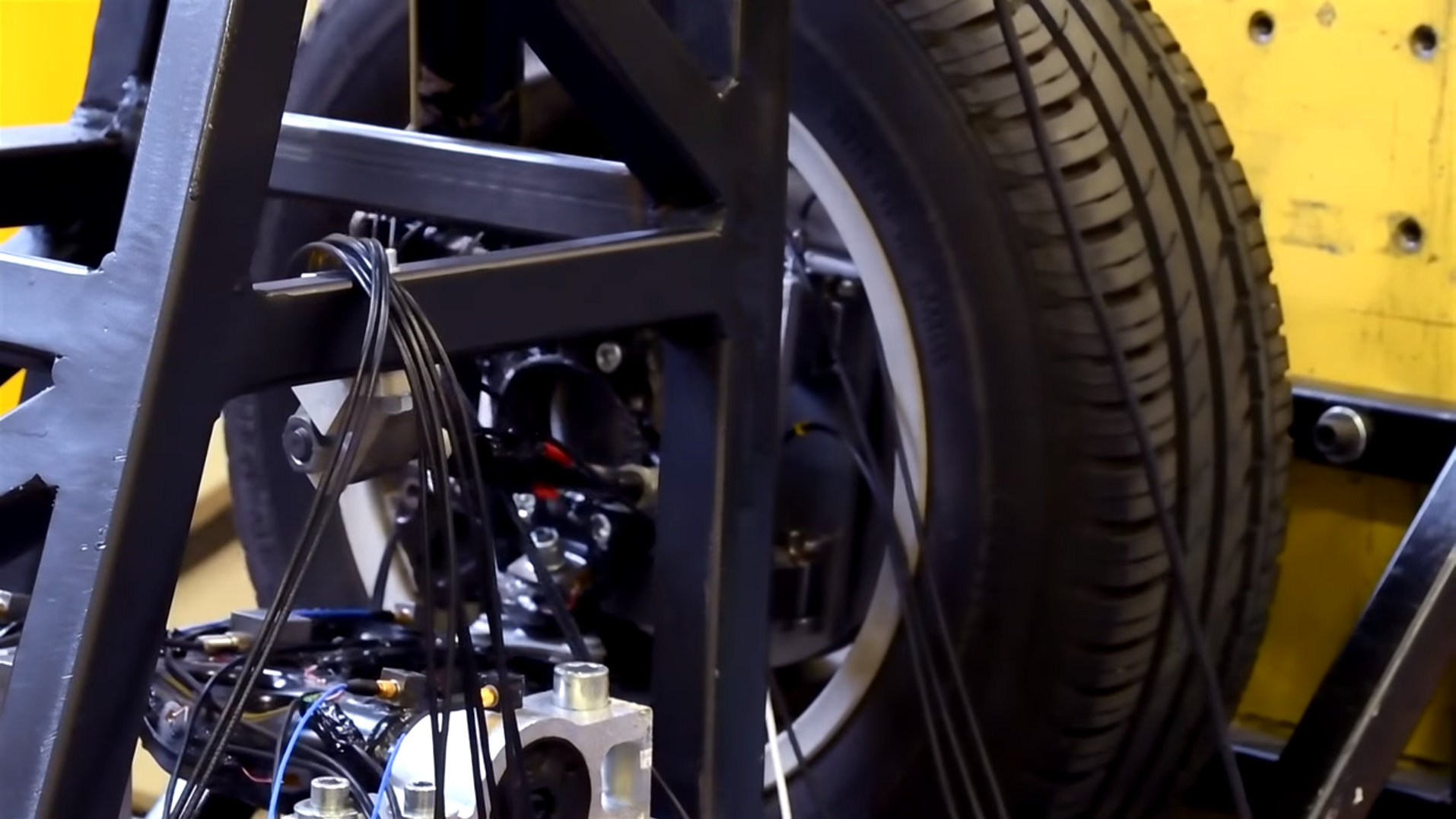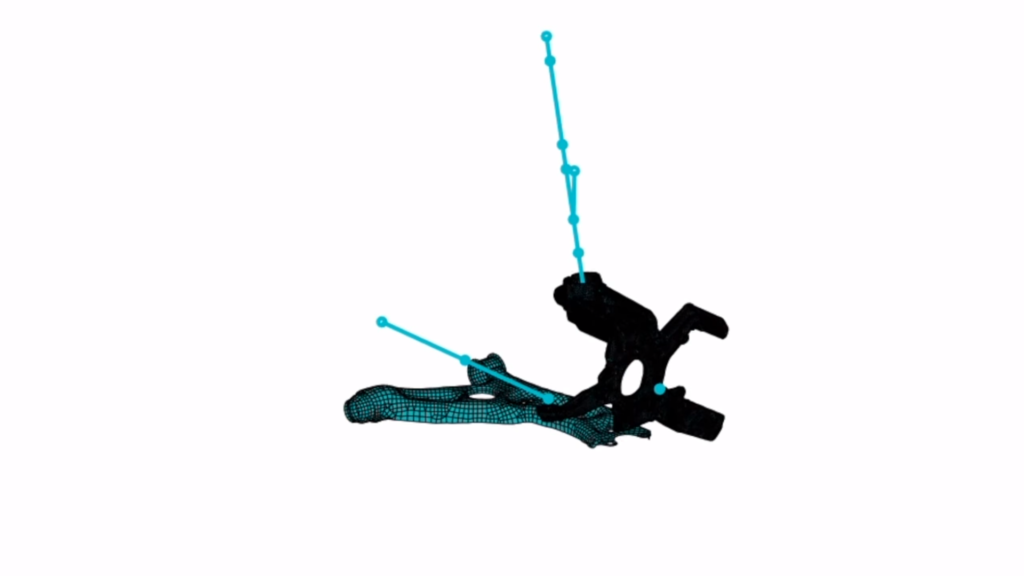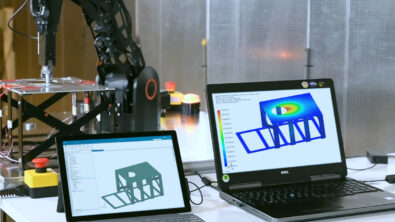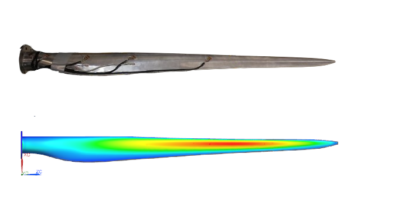Predicting wheel loads by combining test and simulation

Enrico Risaliti explains his research project helps predict wheel loads for better understanding the durability performance of a vehicle.
Researchers constantly rethink product development processes, and by doing so, remove traditional boundaries between physical testing and simulation.
We chatted with Enrico Risaliti, a Ph.D. researcher at Siemens Digital Industries Software and Marie-Curie fellow. Enrico takes part in the European research project related to combining test and simulation in cooperation with “ANTARES” (Advanced Training and Research in Energy Efficient Smart Structures). This is a project led in partnership with the University of Leuven (KU Leuven).
Enrico, what are you working on right now?
Within ANTARES I work on developing a new model-based virtual sensing method combining test and simulation. This method will potentially enhance the development phase of a new vehicle with regard to its durability. More specifically, the method will enable engineers to virtually measure the loads transmitted from the road to the wheels by combining physical measurements and numerical models.
I also give support for the Flemish-funded VLAIO research project “ENDURANCE” (EfficieNt DURability testing ANd vehiCle usage Evaluation), which aims at researching new test and simulation tools to help vehicle manufacturers and their suppliers achieve their durability targets faster, at lower costs and with higher accuracy.
Why use model-based virtual sensing for wheel loads prediction?
Durability is an important performance attribute of modern vehicles. While developing new cars, engineers usually test a prototype to assess its durability performances. They instrument the prototype with sensors to capture road load data and understand the system’s behavior. Instrumenting a prototype can be very expensive, extremely time-consuming, and cumbersome. This is often the case for wheel-force transducers (WFTs). Engineers use WFT sensors to measure the external loads acting on the car through the wheel-to-ground contact. For typical road load data acquisition campaigns, WFTs are still the most widely adopted solution. However, as the number of variants to be tested increases and more measurements are being performed on larger fleets, instrumentation becomes a bigger challenge. We asked ourselves the question: could digitalization bring an answer to that challenge?
Does that mean that you’re aiming at eliminating the testing phase?
Absolutely not. The aim of our research is rather to simplify durability testing. Nowadays, engineers perform a lot of their durability engineering in a purely virtual context. In fact, simulation is really useful to verify design options, without having to build a physical prototype. Engineers then validate selected models using test data.
We realized that we can extrapolate a lot of information to points where physical sensors are not placed if we smartly combine available measurement data with models, hence generating virtual sensors. Therefore, with model-based virtual sensing, you can exploit the simulation model to extract additional information from a test that was performed using standard, simple sensors. Within Siemens Digital Industries Software, we are in the unique position combining test and simulation tools which means that we have the potential to seamlessly integrate this technology into something that brings real added value to engineers. The result will be a simplified test procedure and a cost reduction, without sacrificing accuracy.

What triggered your interest in this research project?
I have always been passionate about research. This project was a unique opportunity to work within a leading industrial company in an international team. To be honest, the excellent academic reputation of the KU Leuven also played a role in my decision to join the team. And I am happy that I did because we already achieved some very promising results.
You sound quite passionate about research. Is that your only center of interest?
Of course not! I am passionate about music as well. I enjoy living in Brussels, an international and sparkling city where I can live my passion and take part in numerous music events.
If you would like to know more about the research work of Enrico, watch him as he explains the scope of this project in the video below or check his profile on Researchgate.


